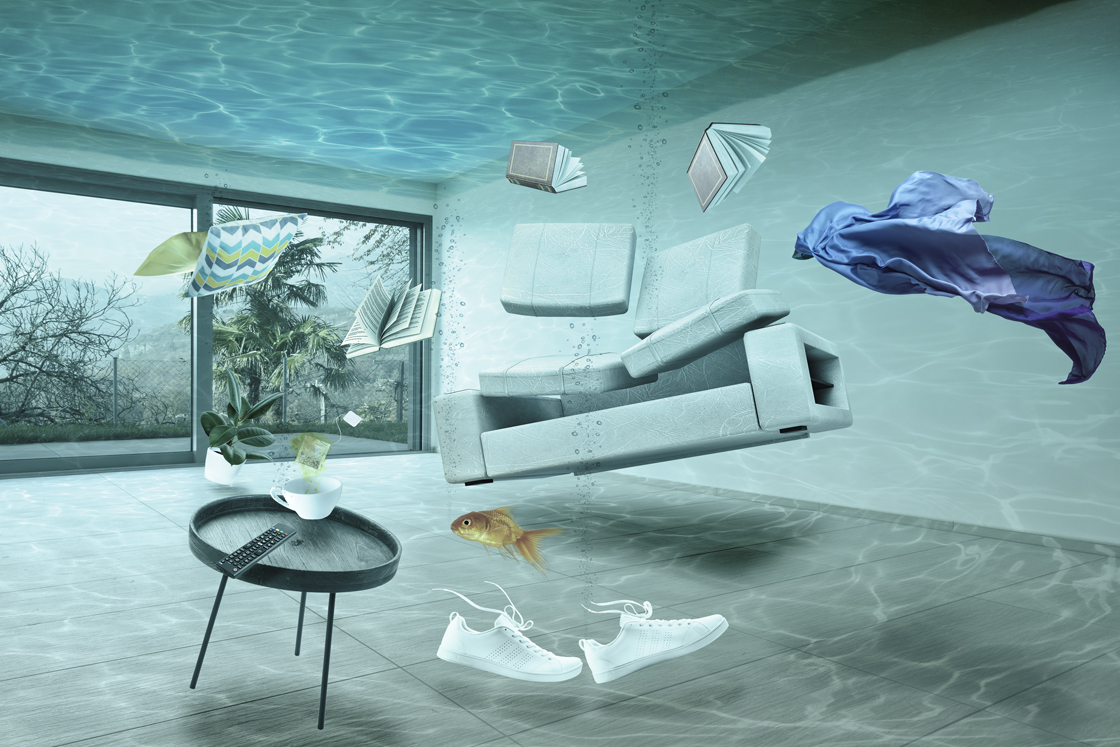Six Methods to Detect Covert Water Line Leaks Efficiently
Six Methods to Detect Covert Water Line Leaks Efficiently
Blog Article
We've stumbled upon this article pertaining to Top leak detection hacks down the page on the net and figured it made good sense to talk about it with you in this article.

Early discovery of leaking water lines can alleviate a prospective calamity. Some little water leaks may not be noticeable.
1. Take A Look At the Water Meter
Every home has a water meter. Examining it is a proven way that aids you uncover leakages. For starters, turn off all the water resources. Guarantee no person will certainly purge, use the tap, shower, run the washing maker or dish washer. From there, most likely to the meter and watch if it will certainly transform. Given that no one is using it, there must be no motions. If it relocates, that indicates a fast-moving leak. Similarly, if you spot no changes, wait an hour or two and inspect back once again. This indicates you may have a slow-moving leakage that could even be underground.
2. Check Water Consumption
If you detect sudden modifications, regardless of your consumption being the exact same, it indicates that you have leakages in your plumbing system. An abrupt spike in your expense shows a fast-moving leak.
A constant rise every month, also with the same habits, shows you have a slow leak that's additionally gradually intensifying. Call a plumber to completely check your residential property, particularly if you feel a cozy area on your flooring with piping beneath.
3. Do a Food Coloring Examination
30% comes from bathrooms when it comes to water consumption. Examination to see if they are running correctly. Drop flecks of food shade in the storage tank as well as wait 10 mins. There's a leak in between the container and also bowl if the shade in some way infiltrates your dish throughout that time without flushing.
4. Asses Outside Lines
Don't fail to remember to examine your outdoor water lines as well. Should water leak out of the connection, you have a loosened rubber gasket. One little leakage can lose bunches of water and spike your water expense.
5. Evaluate and Evaluate the Circumstance
Home owners should make it a habit to inspect under the sink counters as well as also inside cupboards for any type of bad odor or mold and mildew growth. These 2 warnings suggest a leakage so punctual attention is called for. Doing regular evaluations, also bi-annually, can save you from a major trouble.
More importantly, if you understand your house is already old, keep a watchful eye on your heating units, hoses, pipes and so on. Check for discolorations and deteriorating as a lot of pipes as well as devices have a life span. They will certainly likewise normally degrade because of tear and also wear. If you suspect dripping water lines in your plumbing system, don't wait on it to escalate. Call a professional plumber right now so you do not end up with a dreadful mess in your home.
Early detection of dripping water lines can minimize a potential catastrophe. Some little water leaks might not be noticeable. Examining it is a surefire means that aids you find leakages. One small leak can waste lots of water as well as spike your water costs.
If you presume leaking water lines in your plumbing system, don't wait for it to rise.
WARNING SIGNS OF WATER LEAKAGE BEHIND THE WALL
PERSISTENT MUSTY ODORS
As water slowly drips from a leaky pipe inside the wall, flooring and sheetrock stay damp and develop an odor similar to wet cardboard. It generates a musty smell that can help you find hidden leaks.
MOLD IN UNUSUAL AREAS
Mold usually grows in wet areas like kitchens, baths and laundry rooms. If you spot the stuff on walls or baseboards in other rooms of the house, it’s a good indicator of undetected water leaks.
STAINS THAT GROW
When mold thrives around a leaky pipe, it sometimes takes hold on the inside surface of the affected wall. A growing stain on otherwise clean sheetrock is often your sign of a hidden plumbing problem.
PEELING OR BUBBLING WALLPAPER / PAINT
This clue is easy to miss in rooms that don’t get much use. When you see wallpaper separating along seams or paint bubbling or flaking off the wall, blame sheetrock that stays wet because of an undetected leak.
BUCKLED CEILINGS AND STAINED FLOORS
If ceilings or floors in bathrooms, kitchens or laundry areas develop structural problems, don’t rule out constant damp inside the walls. Wet sheetrock can affect adjacent framing, flooring and ceilings.
https://www.servicemasterbyzaba.com/blog/how-to-detect-water-leakage-in-walls/

Do you enjoy reading about Detecting hidden plumbing leaks? Place feedback down below. We will be interested to see your thinking about this article. We are looking forward that you come back again before long. Remember to take the opportunity to promote this post if you appreciated it. Thanks a lot for going through it.
Expert hands available. Report this page